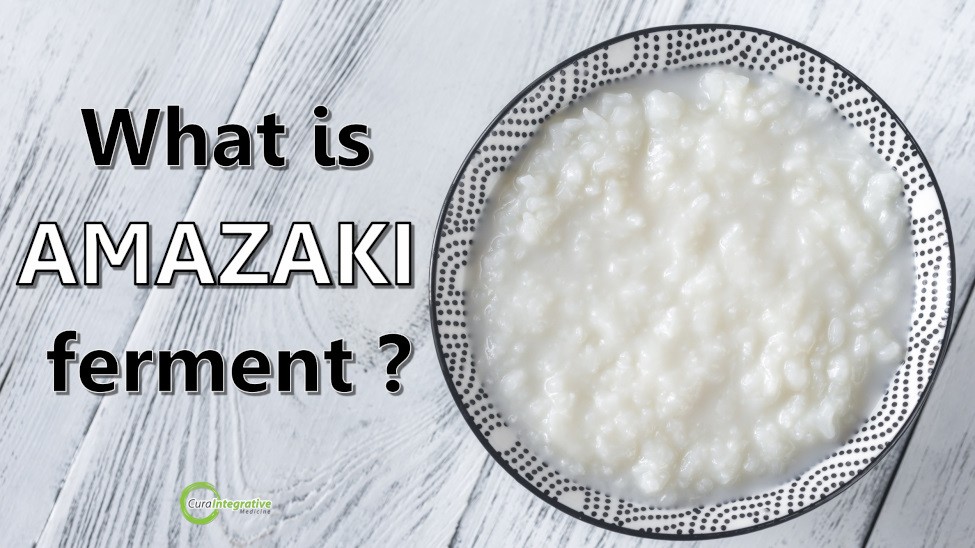Koji is a less known superfood found in a variety of macrobiotic foods. Containing Aspergillus oryzae, koji is used to make foods such as miso, amazaki and tamari. Read More…

How Do Herbalists Make the Best Cup of Tea?
Posted 19 Jul '16
When you’re sick, little is more comforting than holding a steaming mug of fragrant tea in both hands. Somehow, no matter how terrible you felt before, the warm tea is comforting and you instantly feel a little better.
As a herbalist, predominantly I prescribe herbs as fluid liquid extracts or tablets. But loose tea is also helpful for many conditions.
Making herbal tea is fairly straight forward but there are some tips to help you get the very best taste and the best medicinal result too.
Most herbal teas are made using the same method but sometimes, if we are using a herb for a specific medicinal outcome, such as a compress for an eye or even a sleep mix, we will vary the timing or temperature of the preparation. Sometimes as well, the steeping time of the herbal tea is different as well. This can depend on whether the tea is being made from leaves or something much less porous like bark.
Keys to making an herbal tea
- Approximately 90 degree hot water
- A tea pot or cup with a lid
- Your single or mixed herb tea, best organic and fresh
To use loose herbs, you’ll need a tea bob or strainer and a glass or porcelain container with a tight-fitting lid. Add one teaspoon of the herb or herb mixture to one cup of boiling water and steep in container for five minutes. (Amount of tea and steeping time can be adjusted to taste.) If making only one cup, cover with a saucer while brewing. Metal teapots without linings, such as those made from aluminum, are not suitable because traces of the metal can contaminate the herbs.
Your plant tea can either be fresh or dried plant material. If you’re using fresh plant, for example fresh mint, then you’ll need to use about twice to three times as much as you would if it were dried plant material. Dried plant material usually has much more concentrated active ingredients in it than fresh. Furthermore, it is can be better to chop the plant material to release more of the active constituents to the liquid. So instead of just two teaspoons of dried herb material per cup, you would use about 5 teaspoons of fresh flowers.
Some Great Herbal Tea Options
Mint tea can be used to:
- Reduce congestion in a cold or flu sufferer
- Reduce pain and bloating from gas
- Reduce cramping from diarrhea
- Act as a mild expectorant for a chest cold or bronchitis
- Induce sweating, the body’s natural cooling mechanism. This is a natural way to reduce a fever
- Relieve nausea without vomiting
Ginger tea can be used to:
- Reduce nausea in morning sickness
- It reduces pain and inflammation, making it valuable in managing arthritis, headaches, and menstrual cramps.
- In the intestinal tract, it reduces gas and painful spasms.
- Soothe a sore throat
Chamomile tea can be used to:
- Relieve anxiety
- Induce sleep and help calm your nervous system
- Soothe mild nausea and indigestion
- Soothe a baby’s colic
Echinacea tea can help to:
- Enhance the immune system
- Relieve pain and inflammation
- Provide antioxidant effects
Rosehip tea can help to:
- Provide a nutritional supplement of Vitamin C
- Improve adrenal function
- Boost the immune system
Making The Best Cup of Tea
It is best to make your tea in a tea pot or a cup, although you can really use any vessel. Some asian tea shops sell cups with matching lids which keep in the heat to effectively steep the plant matter. There are also metal mesh container type tea holders which can be placed inside any cup or pot. These are handy for multi-use methods. Find one that you love and want to use everyday so you can really enjoy your herbal tea ritual!
Add your tea material to the cup or pot. You’ll need about 2 teaspoons of dried material (or 4 teaspoons of fresh) for every cup of water you use. Pour below boiling water over the material. Some kettles now have variable temperature settings which allows you to choose a lower temperature. This ensures that the herbs are not burnt and the constituents are not destroyed. If you are unable to find fresh, organic plant material, you might need to use much more ingredients to get a rich, strong therapeutic tea. You’ll then need to leave it for at least 3 minutes. Some teas made from bark work better if you leave them for about ten minutes but generally 3-7 minutes works well.
Next strain the tea or simply pour the tea out into your favourite cup and enjoy the tea in your favourite place. With friends? With your kids? In the bath? If you need to make it sweeter, try adding a little stevia or a spoon of honey.
A couple of points worth remembering for you. Always drink your tea as quickly as possible after steeping it. The fresher it is, the better it is. An important point is to never reheat unused tea. Always discard any unused tea as bacteria can grow quickly in the old tea.
If you would like immediate help with a custom herbal medicine plan call Cura Integrative Medicine today to discuss your options +61-8-9284 4644 or make an appointment right now.





